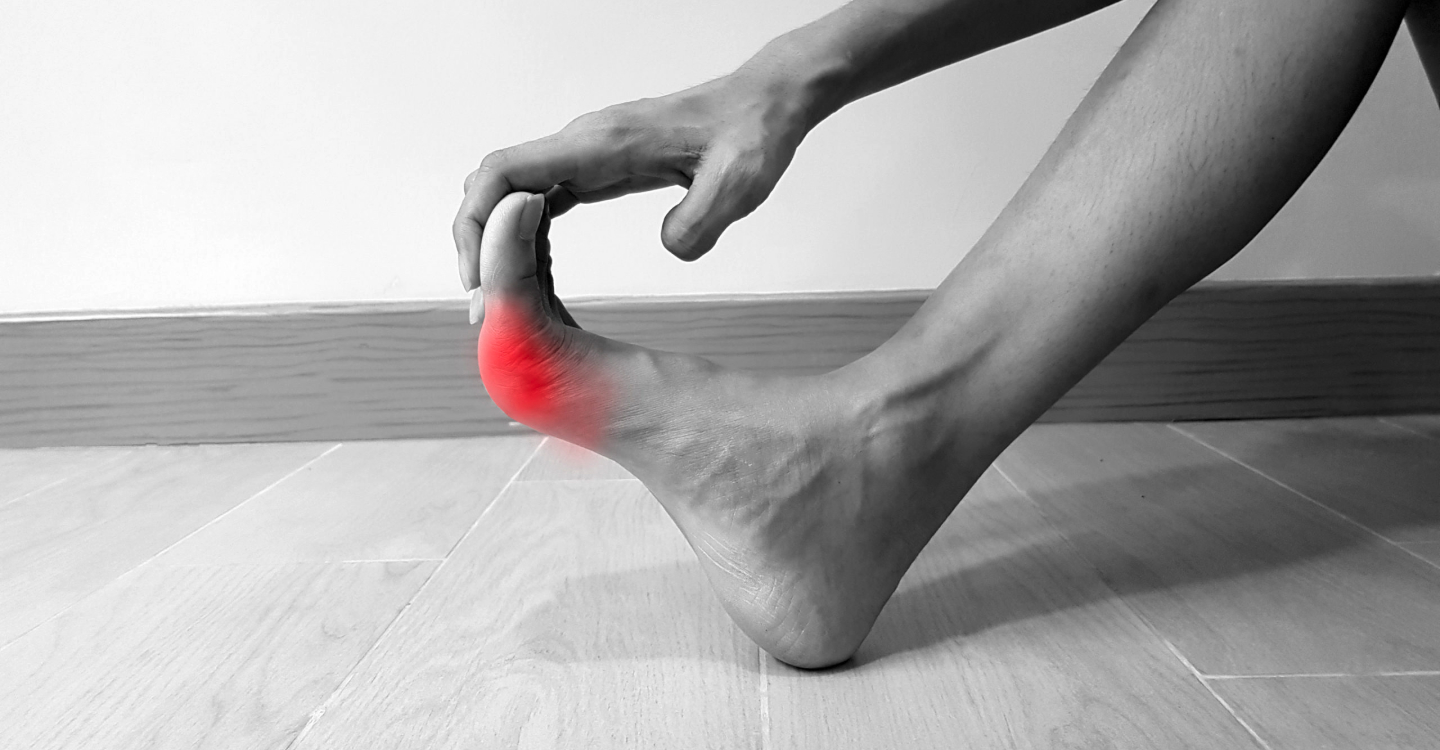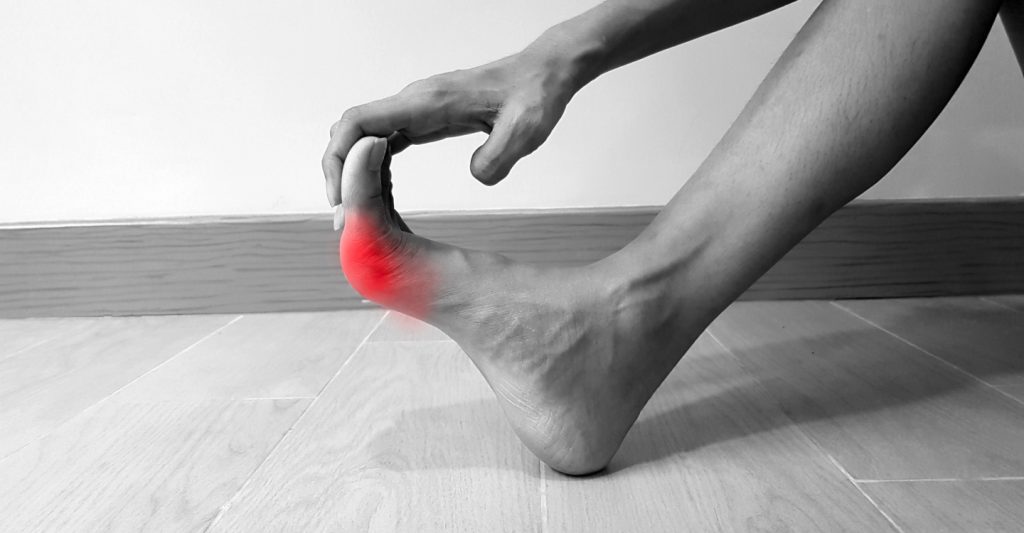
Your feet take you wherever you need to go. Upstairs, downstairs, around the block and to work and back home again. But when you have foot pain, the seemingly simple task of moving from one place to another becomes a challenge.
Hammertoes are one of the most common causes of foot pain. According to the 2012 National Foot Health Assessment, three percent of the total US adult population have developed at least one hammertoe.
What is a Hammertoe?
A hammertoe develops as a result of a ligament or muscle imbalance in the toe joint. It most commonly develops in the second toe or the long toe next to our big toe. However, it can develop in any toe and sometimes may develop in multiple toes on the same foot.
Also known as “claw toe,” hammertoes are noted by their curving shape that points downward from the joint. On their own, hammertoes are not always painful. But, they can make finding comfortable footwear a challenge and can pose a severe health risk for those with certain health conditions.
There are two types of hammertoes:
- Rigid: This type of hammertoe won’t move. Once the tendons become rigid the joint is pressed out of alignment. This often requires surgical correction by your foot doctor.
- Flexible: This is a milder form of hammertoe in which the toe remains flexible while curled into a claw-like position.
Risks of Hammertoes
For some, hammertoes pose significant health risks and can lead to chronic foot pain. People who have poor circulation or are diabetic should bring their hammertoes to the attention of their podiatrist immediately. If left untreated hammertoes may cause further nerve damage or an injury of another sort, which can lead to infection or other health concerns, especially for diabetics.
For others, hammertoes can cause embarrassment and discomfort. Many women develop hammertoes after spending years wearing ill-fitting shoes, such as high heels or sandals. Pressure from your shoe can be painful on your hammertoes, and switching to ill-fitting shoes can lead to further foot, ankle, and even back pain.
Treatment for Hammertoes
The ideal treatment option for your hammertoe will depend on its pliability, the severity of the pain, and your medical history.
Treatment options include:
- Surgical repair
- Wearing shoes with large toe-boxes
- Placing cushioning around the toe
- Over the counter pain medication
For those with a history of diabetes or blood circulation issues, surgical repair is often recommended early on to prevent any further nerve damage from occurring. Your podiatrist Dr. Schoenhaus can discuss your personal risk factors and determine which course of action is ideal for you.



